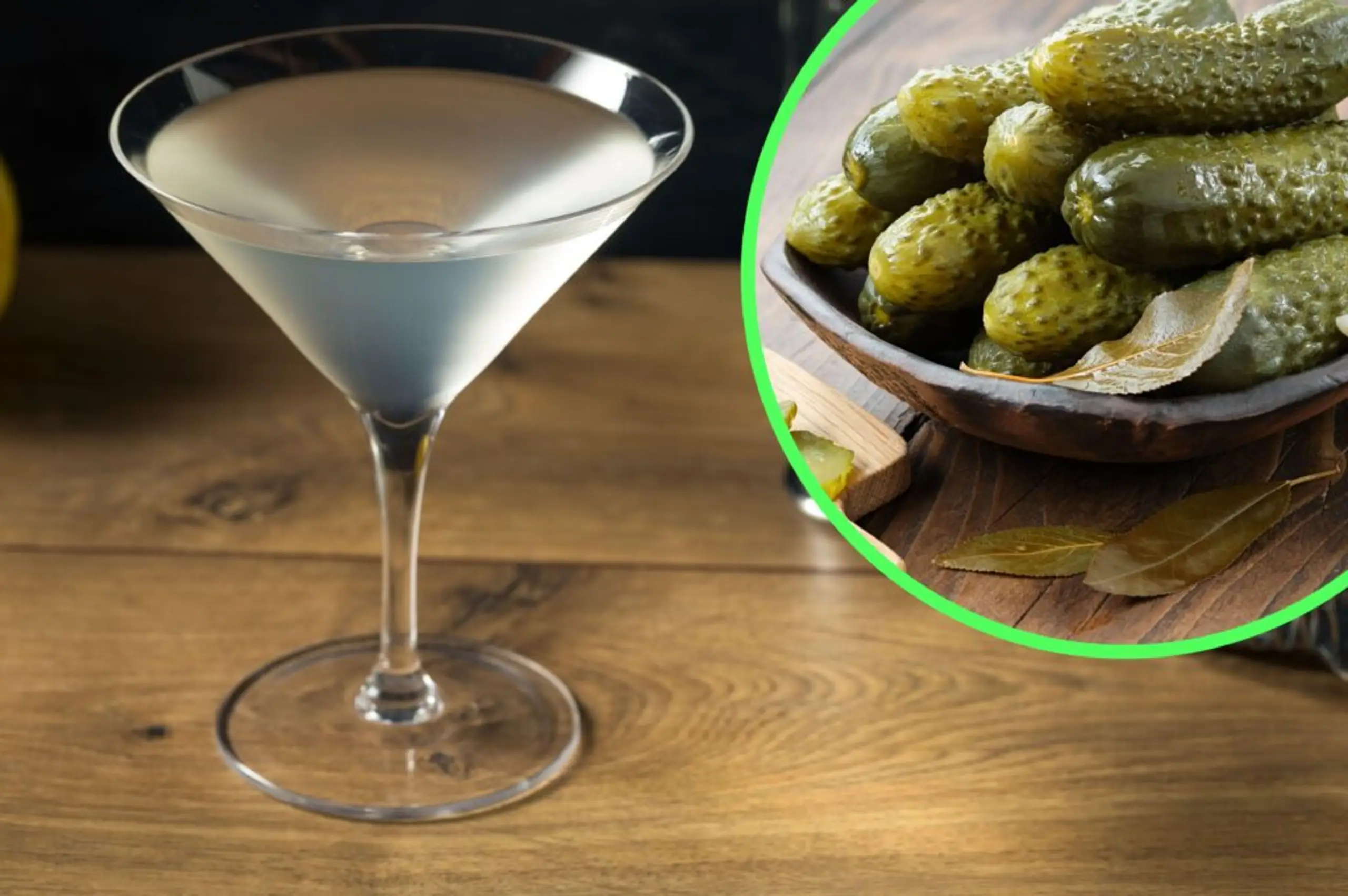Uncategorised
The shocking truth behind what caramel was originally used for
15 May 2018
3m
Today, you’ll be hard pressed to find a dessert fan who doesn’t have a soft spot for caramel. Whether it’s spun around hazelnuts, drizzled on cupcakes or piped into bite-sized chocolate treats, the sticky sweetness of melted sugar is tough to beat. However, beneath the golden brown sheen lies a considerably more painful secret history that has a whole lot less to do with pudding than you might expect.
 Credit: throughherlookingglass
Credit: throughherlookingglass
In Ancient Persia, beauty was big business. In particular, contemporary fashion and dress sense called for special attention to be paid to body hair. Evidence of primitive razors and tweezers has been discovered dating from around 1900 BC, proving that Middle Eastern citizens took their looks extremely seriously. However, these methods were unsurprisingly inefficient and often unpleasant. The hunt for a more effective way to look after unsightly hair led Persians to a surprising conclusion.
Using a combination of liquid honey and oil, Persian and Egyptian women would create a concoction that could be slathered on hairy areas of the body, left to harden and then removed – pulling with it any unwanted hair. The process was discovered to be far more efficient and less caustic than other available methods such as shaving and plucking – though it was undoubtedly still painful. This discovery gave rise to the practise of sugaring.
 Credit: Pinterest
Credit: Pinterest
Though sugaring remained largely confined to the Middle East, the practise itself continued to evolve throughout the years. By the 16th Century, women in the harems of the Ottoman Empire had elevated sugaring to a fine art. Using hot caramel, lemon juice and salt, beauticians created a hair removal method that was both simple, easy to prepare and presumably delicious. While Europeans remained sceptical, the technique spread through Turkey, Iran and North Africa.
The method itself differs considerably from other waxing alternatives. The area of skin is first dusted with some form of powder – traditionally corn starch – before the caramel paste is applied with a spatula. A strip of paper is then pressed into the agent and quickly removed, bringing with it the solution and any unwanted hairs. Any residue can then be removed with a splash of water.
 Credit: Charlotte Agenda
Credit: Charlotte Agenda
Though waxing is and always will be an unpleasant experience, there are some surprising benefits to using sugar as a hair removal agent. The substance can be applied at room temperature, minimising the risk of skin burns from hot wax, and is generally acknowledged to be the most effective hair removal method for large areas of skin. Sugar is also naturally hypoallergenic, making the risk of an adverse chemical reaction minimal – a benefit for anyone who suffers from sensitive skin.
 Credit: Step to Health
Credit: Step to Health
Given the benefits of caramel in beauty treatment, it’s small wonder that sugaring has successfully found a worldwide audience in recent years. Today, there are several spas that specialise in the traditional technique, as well as numerous homemade recipes and advice for application at home. Though most of us might still be more inclined to eat it than rub it on our bodies, it’s still pretty cool to think that there’s more to caramel than meets the eye.



